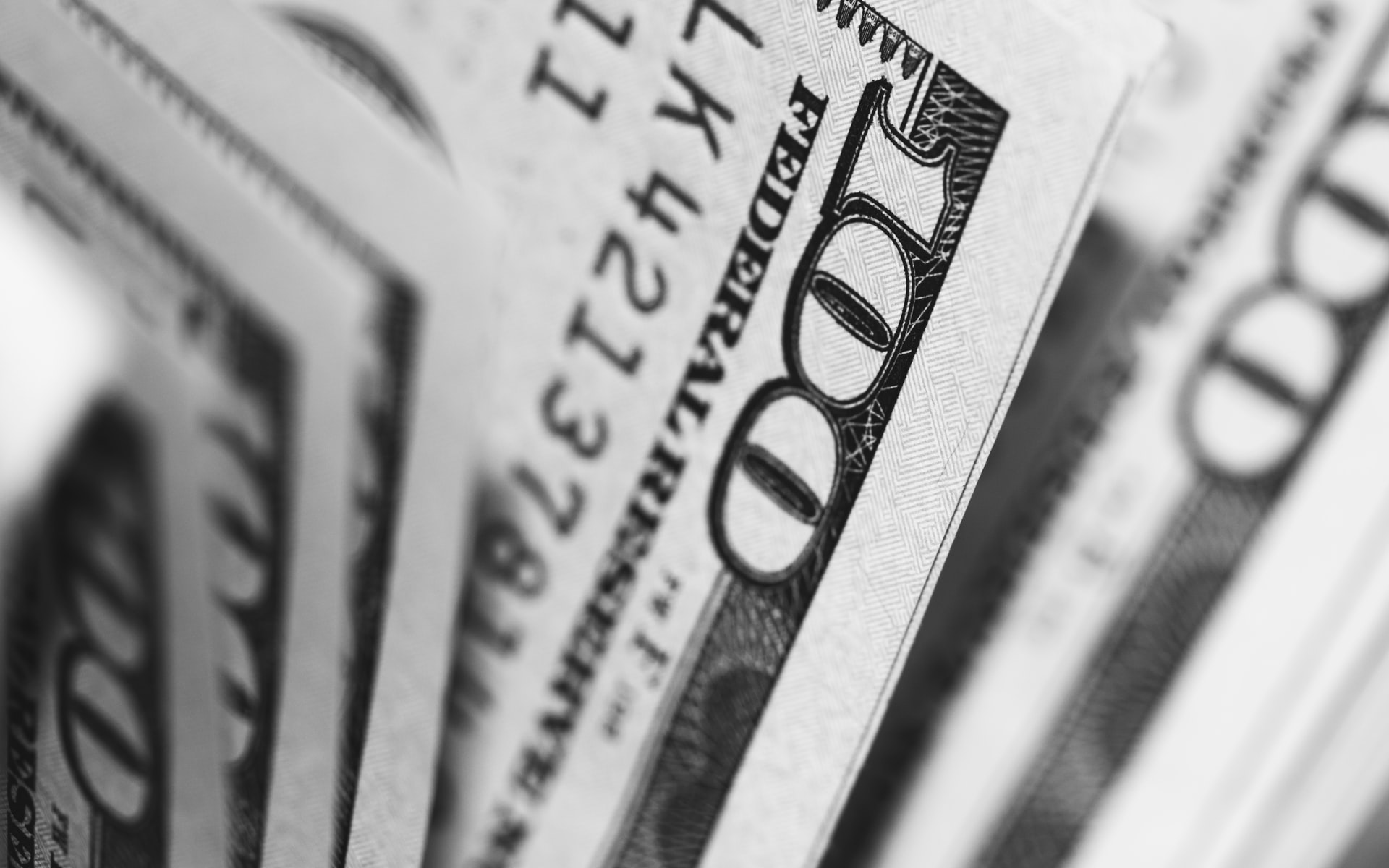Even if you are not close to retirement, many investors be looking closely at dividend-producing assets.
There are many, including real estate in the form of REITs, dividend stocks and certain closed-end funds (CEFs) and exchange-traded funds (ETFs).
While each has its benefits and drawbacks, all are able to produce income.
You may think that these types of investments are only for the elderly. That’s how these types of investments are sold by financial advisors.
But, if you are not ready to retire, you can still use income strategies to increase the growth of your investment accounts.
Income plan
A good plan is setting up an IRA or Roth to hold high-yield CEF or ETF fund. That way your income grows tax-deferred or tax-free in the case of a Roth.
Many high-yield CEFs and ETFs provide monthly dividends rather than quarterly. There are several that can earn as much as 1% per month versus a 2% to 3% per year you might get from a dividend stock.
With a monthly dividend fund your investment will compound more quickly than would a quarterly payment, especially if you add additional capital each month.
Depending on the amount you start with and the amount you invest each month, you could double your money in as little as 12 months.
In contrast, if you were to place your savings in an S&P 500 index fund you would expect to receive an 8% to 10% return.
This is a good return in a 2% inflation environment. But what do you do if inflation increases or the market goes flat over the next year or more? This is where a dividend fund can be used for growth.
What to look for
The main argument against some of these funds is that they don’t have much price appreciation.
However, when you are accumulating shares of anything, even stocks, you don’t want to buy when it is at the high or increasing. This is the fundamental strategy that Warren Buffet uses.
So price appreciation shouldn’t be a concern if you are using it as a savings vehicle. In fact, as prices rise you wind up buying fewer shares, which will reduce your overall return in dividend form.


